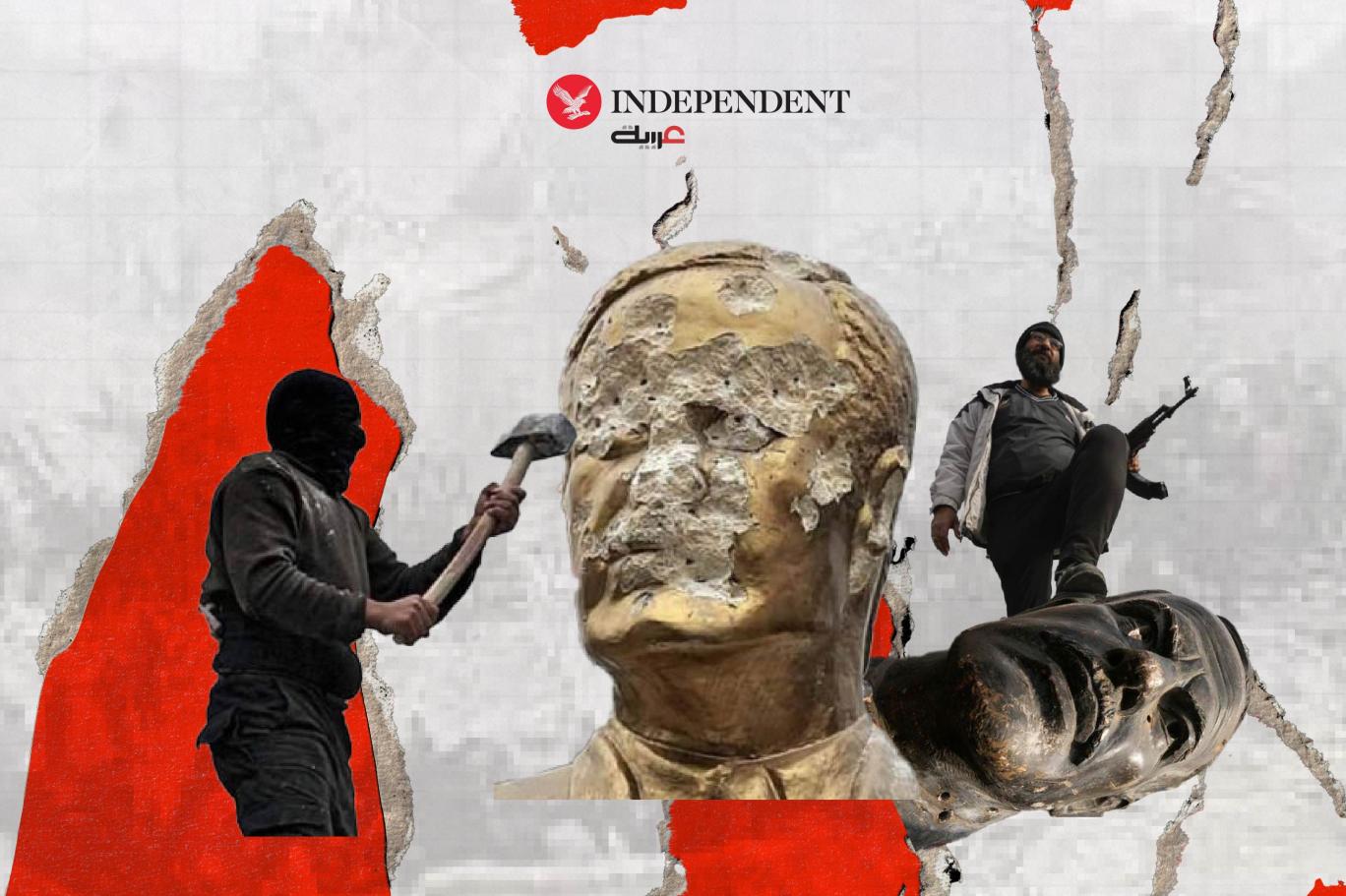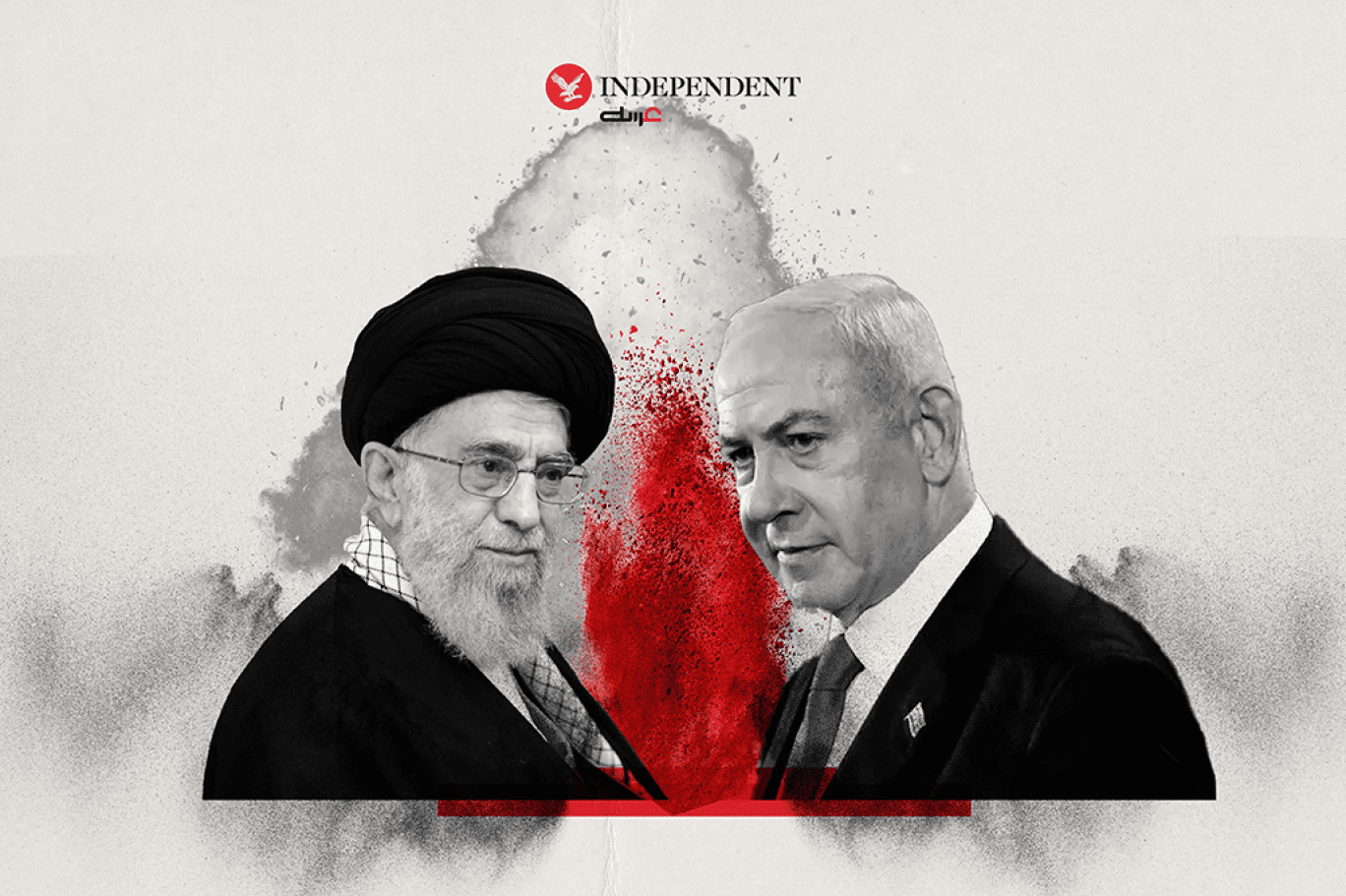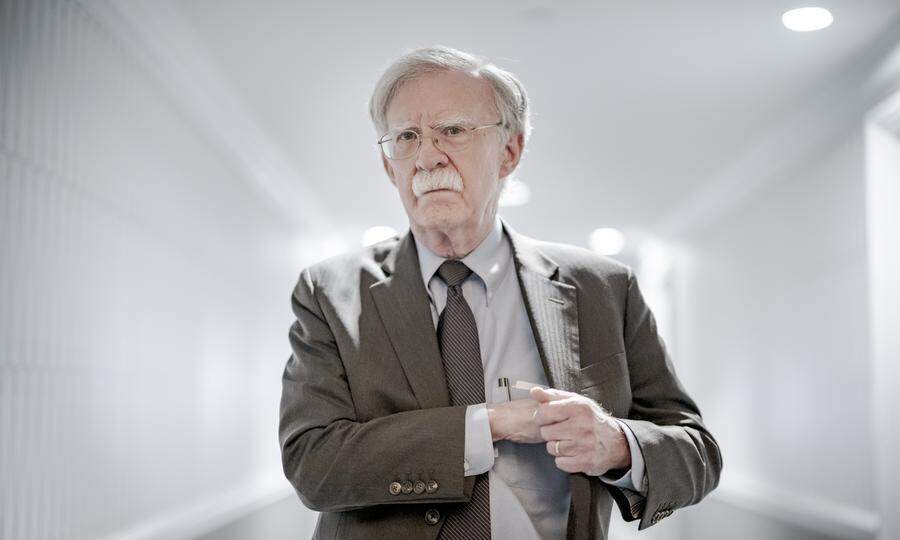History is moving fast in the Middle East, raising the possibility, for well or ill, of massive changes throughout the region. The collapse of Syria’s Assad-family dictatorship took everyone by surprise, starting with Bashar al-Assad himself, and certainly including Russia and Iran. Arab and Western intelligence services missed the regime’s vulnerability, particularly the weakness and disloyalty of its military and security services.
The brutal dictatorship is gone, but what comes next? Most importantly, Assad’s removal is yet another massive defeat for Iran’s ruling mullahs. Following Israel’s thrashing of Hezbollah and its near-total dismemberment of Hamas, this is the third major catastrophe for Tehran’s anti-Israel “ring-of-fire” strategy. While Prime Minister Bibi Netanyahu agreed to a cease fire with Hezbollah, he has made clear it lasts for only sixty days, ending just after the Joe Biden leaves office. Hezbollah will be in further dire trouble if its overland supply route through Iraq and Syria is permanently blocked. There is no cease fire with Hamas, meaning both terrorist proxies could face further Israeli decimation.
As for Iran itself, the situation could hardly be worse. With three major pillars of its regional power already fallen or on the way, the ayatollahs are now at great risk both internationally and domestically. Recriminations and finger-pointing among top leaders of the Revolutionary Guards and regular Iranian military(https://www.telegraph.co.uk/world-news/2024/12/09/iran-armed-forces-at-war-with-themselves-fall-assad-syria/) has already spread widely in the general population(https://www.nytimes.com/2024/12/13/world/middleeast/iran-syria-assad.html).
Disarray and fragmentation in the senior ranks of authoritarian governments are often the first signs of regime collapse. Popular discontent in Iran was already extensive due to long-standing economic decline, the opposition of young people and women generally, ethnic discontent, and more. If the Revolutionary Guard and regular military leaderships begin to come apart, the potential for internal armed conflict grows. Assad’s collapse showed that a façade of strength can mask underlying weakness, with surprisingly swift collapse following.
Externally, Iran’s regime has not been this vulnerable since the 1979 revolution. Jerusalem has already eliminated Tehran’s Russian-supplied S-300 air-defense systems, seriously damaged its ballistic-missile capabilities, and destroyed elements of the nuclear-weapons program(https://www.axios.com/2024/11/15/iran-israel-destroyed-active-nuclear-weapons-research-facility). Netanyahu has never had a better opportunity to obliterate all or vast swathes of the entire nuclear effort. So doing would make Israel, neighboring states, and the entire world safe from the threat of Iran’s decades-long nuclear-proliferation threat, which has long contravened the Nuclear Non-Proliferation Treaty.
Israel, with US assistance if requested, should go for the win on the nuclear issue. Not only would that eliminate Tehran’s threat of a nuclear Holocaust, it would simultaneously strike yet another domestic political blow against the mullahs. In addition to the tens of billions of dollars wasted in supporting Iran’s now-decimated terrorist proxies, but the billions spent on nuclear weapons and ballistic missiles would also be seen as squandered. Iran’s citizens would be perfectly entitled to conclude that the ayatollahs had never had their best interests at heart, and that their removal was now fully justified.
Russia is the next biggest loser. Distracted and overburdened by its unprovoked aggression against Ukraine, now about to enter its third year, the Kremlin lacked the resources to save its puppet in Damascus. Vladimir Putin’s humiliation is reverberating globally, and it will also have corrosive impact inside Russia, perhaps finally stimulating more-effective opposition to the ongoing burdens the Ukraine war imposes on Russia’s citizens and economy.
Even more significant losses may be coming. The Kremlin’s main interests in Syria are its Tartus naval station and its Latakia air base. These are Moscow’s only military facilities outside the territory of the former Soviet Union. They are vital to Russia’s position in the eastern Mediterranean. If forced to evacuate these bases, Moscow’s ability to project power beyond the Black Sea would be dramatically reduced, as would be the threat to NATO across the Mediterranean. Although there were early indications Russia might to retain the bases, recent commercial overhead photography indicates it may be preparing to withdraw some or all of its forces. The situation remains fluid(https://www.nytimes.com/live/2024/12/13/world/syria-news).
Without doubt, Turkey, the Hayat Tahrir al-Sham (HTS) terrorists, and the Turkish-backed Syrian National Army are the big winners so far. However, Syria’s internal situation is far from settled. American troops remain in northeastern Syria assisting the largely Kurdish Syrian Defense Forces in the anti-ISIS campaign, and at al-Tanf. The Kurds should not be abandoned, especially to President Recep Erdogan’s neo-Ottomanist aspirations to expand Ankara’s control and influence in Arab lands It would be a mistake, at this point, to remove HTS from Washington’s list of foreign terrorist organizations, although, unwisely, the Biden administration is reportedly considering doing so(https://www.politico.com/news/2024/12/09/us-debates-lifting-terror-designation-for-main-syrian-rebel-group-00193367).
While eliminating Assad is a critical contribution to reducing the Iranian threat, neither Israel nor neighboring Arab governments nor the United States have any interest in seeing another terrorist state arise, and this one on the Mediterranean. Delicate diplomacy lies ahead. In the meantime, Biden was right to bomb ISIS weapons storage depots in eastern Syria to deny those assets to HTS, and Israel is justified in eliminating the Assad government’s military assets for the same reason.
Importantly for the region and beyond, urgent efforts are required to locate and secure all aspects of Assad’s chemical and biological weapons programs(https://www.washingtonpost.com/national-security/2024/12/12/syria-chemical-weapons-search-mustard-sarin/). Assaad used chemical weapons against his own people as recently as 2017 and 2018, so there is no question whether these capabilities exist.
Thus, while there is considerable good news surrounding Assad’s ouster and exile to Moscow, circumstances in Syria still pose serious threats to peace and security in the Middle East and globally. This is no time to relax or turn away, especially for the incoming Trump administration.
This article was first published in Independent Arabia on December 17, 2024. Click here to read the original article.








